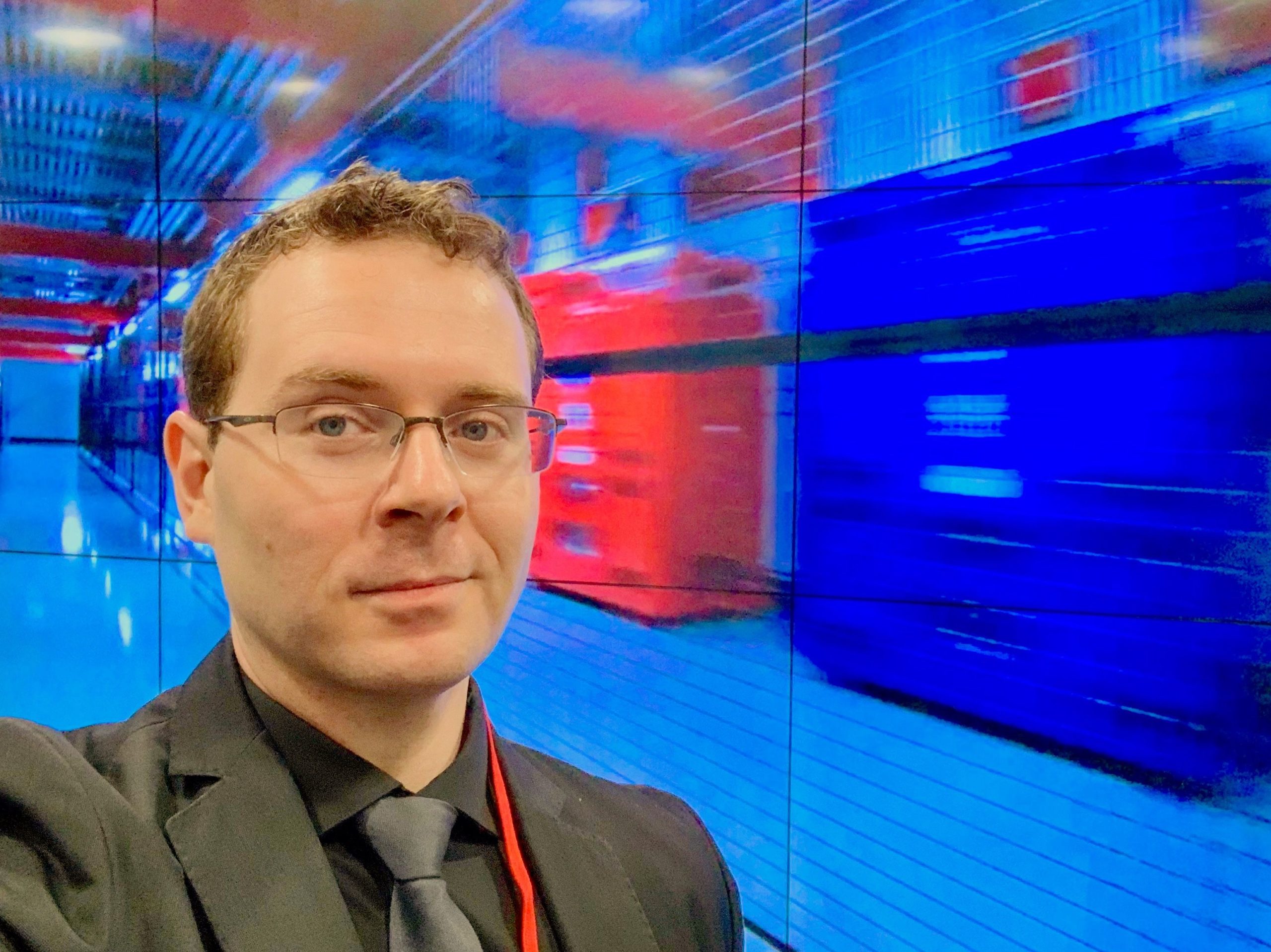Striking a Balance Between Cloud, Data Center, and Edge19 min read

The proliferation of connectivity couldn’t be more evident than in today’s climate. It wasn’t a cool technology term or a new acronym that pushed more people than ever before to become digital natives. It was a pandemic. A massive global event that showcased just how much we rely on connectivity, cloud, and infrastructure.
One of the things I’ve noticed as I’ve been writing reports and doing research is a balance between a few core solutions that are keeping us all connected. That is the edge, cloud, and data center.
We first crossed into the zettabyte era in 2012. For perspective, a zettabyte is a trillion gigabytes of information. This year alone, according to IDC, more than 59 zettabytes (ZB) of data will be created, captured, copied, and consumed. That’s so much information. The report went on to state that the amount of data generated over the next three years will be more than the data created over the past 30 years, and the world will generate more than three times the data over the next five years than it did in the previous five.
Now let’s go back to that balance. When the cloud-first erupted onto the scene, it strived to resolve many of the challenges organizations across all verticals and industries were facing. We learned over the course of a few years that cloud simply was not for everyone. This means that many pulled back from the cloud during a big push around infrastructure and digital repatriation.
Trends are Showing Blurred Lines and New Definitions Around ‘Cloud’
The latest AFCOM State of the Data Center report indicated a significant trend in how organizations view cloud solutions. Definitions are being blurred as cloud takes on a broader meaning where it’s not just public cloud solutions.
Per the report, three in four respondents (72%) report noticing a trend for organizations to move away from the public cloud and looking to colocation or private data centers. The definition around a private and hybrid cloud is becoming increasingly blurred as major cloud providers (AWS Outposts, Google Anthos, Oracle OCI Cloud@Customer, AzureStack, for example) are offering their native solutions directly on-premises at a data center site. Currently, 52% of respondents have implemented some private cloud solutions, and 48% are leveraging some type of public cloud solution.
Making the list on the report for the first time were multi-cloud environments. About 25% of respondents are leveraging multi-cloud today, with another 44% looking to implement it over the next 12-36 months.
Finally, when it comes to the reasons to move to the cloud, respondents indicated some exciting points. The cloud trends with the most impact on respondent organizations include IoT growth resulting in more big data (47%), data center operations management (DCOM) tools (42%), and integration with AI, data-driven services, and machine learning (39%).
The data, trends being observed, and the conversations I’ve been a part of are indicating a level of maturity in our industry. That is, more leaders have a better understanding of where and when to leverage cloud, edge computing, and colocation or private data centers.
That is, I’m seeing the right balance in how technologies are being leveraged. Of course, it’s not perfect, and there are some challenges. However, there definitely seems to be more of a balancing act going on.
Balancing Connectivity for the Future
My most significant piece of advice as you navigate today’s world is not to get caught up in definitions. Instead, it’s essential to understand the context and application of technology and what it means to you. Just because 72% of respondents indicated seeing a shift from cloud to on-premise solutions does not mean the cloud is getting smaller. A rising tide floats all boats.
What we’re seeing is more of a balance where organizations are (finally) leveraging the cloud alongside data center and edge for the right use-cases. For me, this is inspiring and really telling of the times to come. Over the next few years, we’ll see more connected systems, cities, healthcare environments, and so much more. In that mix, the cloud, data center, and edge will all be used. Furthermore, we’ll see even further integrations of data and connected systems with emerging solutions like mist computing, where we can process and leverage data at the furthest reaches of the edge.
The best projects I’ve worked on recently are those that understand the context of the deployment and the technologies being used. When you set aside ego, legacy mentalities, and overly structured definitions of technologies, you’ll see the bigger picture of how various solutions can be applied to your specific use-case. That is, you’ll be able to see the recipe in how you can appropriately leverage solutions like cloud, edge, and the data center to the best of their abilities. And, with new solutions that allow you to bring managed cloud components right into your data center, you’ll quickly see that ‘standard’ definitions become blurred. And that’s not a bad thing.
Final Thoughts
It’ll always be necessary to work with the right partners and people with experience when it comes to more complicated projects and deployments. That said, having a broader definition and understanding of technology will also help you reduce complexity and fragmentation in the systems and solutions you deploy.
Do your best to leverage management systems that offer deep levels of integration, can deliver insights based on the user accessing the system, and can scale to support various emerging solutions and projects. To give you an example, I see entire DCIM solutions integrate deeper with things like virtualization, cloud, and even DevOps. Literally, you can connect your DCIM platform to Jira, Jenkins, and other DevOps tools to better understand the tie between code and infrastructure.
See the bigger picture, know that some definitions don’t have to be written in stone, and find that right balance between cloud, data center, and edge to help you modernize your business.
Real-time monitoring, data-driven optimization.
Immersive software, innovative sensors and expert thermal services to monitor,
manage, and maximize the power and cooling infrastructure for critical
data center environments.
Redefining Data Center Power and Cooling Optimization
Immersive software, innovative sensors and expert thermal services to monitor,
manage, and maximize the power and cooling infrastructure for critical
data center environments.

Bill Kleyman
Industry Analyst | Board Advisory Member | Writer/Blogger/Speaker | Contributing Editor | Executive | Millennial
Bill Kleyman is an award-winning data center, cloud, and digital infrastructure leader. He was ranked globally by an Onalytica Study as one of the leading executives in cloud computing and data security. He has spent more than 15 years specializing in the cybersecurity, virtualization, cloud, and data center industry. As an award-winning technologist, his most recent efforts with the Infrastructure Masons were recognized when he received the 2020 IM100 Award and the 2021 iMasons Education Champion Award for his work with numerous HBCUs and for helping diversify the digital infrastructure talent pool.
As an industry analyst, speaker, and author, Bill helps the digital infrastructure teams develop new ways to impact data center design, cloud architecture, security models (both physical and software), and how to work with new and emerging technologies.







0 Comments